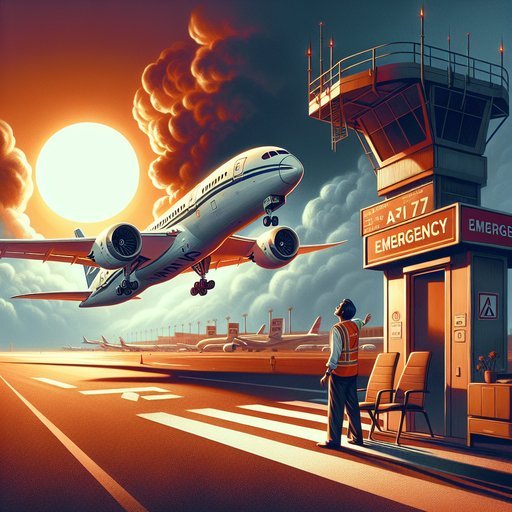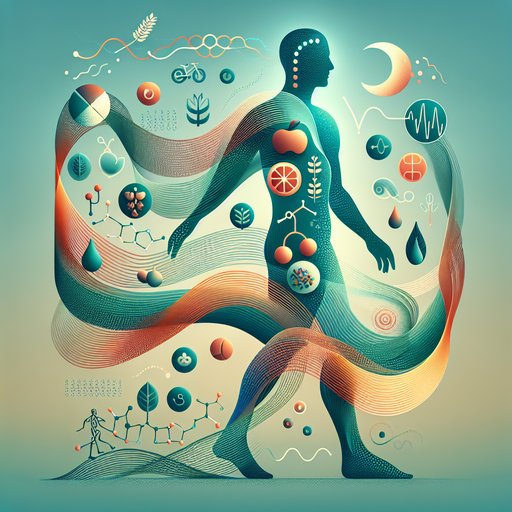 The sun beat down on Ahmedabad, India, as Air India Flight AI171, a Boeing 787 Dreamliner, roared down the runway of Sardar Vallabhbhai Patel International Airport on June 12, 2025. It was 1:38 p.m., and the plane, bound for London’s Gatwick Airport, carried 242 souls—230 passengers and 12 crew members. Among them was Vishwash Kumar Ramesh, a British national of Indian origin, seated in 11A, next to the emergency exit. The cabin hummed with anticipation, but thirty seconds after takeoff, a deafening noise shattered the calm. The plane shuddered violently, its nose tilting upward as it struggled to climb.
The sun beat down on Ahmedabad, India, as Air India Flight AI171, a Boeing 787 Dreamliner, roared down the runway of Sardar Vallabhbhai Patel International Airport on June 12, 2025. It was 1:38 p.m., and the plane, bound for London’s Gatwick Airport, carried 242 souls—230 passengers and 12 crew members. Among them was Vishwash Kumar Ramesh, a British national of Indian origin, seated in 11A, next to the emergency exit. The cabin hummed with anticipation, but thirty seconds after takeoff, a deafening noise shattered the calm. The plane shuddered violently, its nose tilting upward as it struggled to climb.
Vishwash, a 32-year-old software engineer, gripped the armrests. He’d been chatting with his brother Nayan via video call just before takeoff, promising to call again from London. Now, the cabin lights flickered, and panic erupted. The aircraft, barely 625 feet in the air, stalled. “Mayday, Mayday,” the captain’s voice crackled over the intercom, but silence followed. The plane lurched, descending rapidly toward the Meghaninagar residential area below. On the ground, Ramila, a mother of a medical student, stood outside the B.J. Medical College hostel, waiting for her son to finish lunch.
The roar of the jet grew unnaturally loud. She looked up, heart pounding, as the Dreamliner’s shadow loomed. It slammed into the hostel’s dining hall, where 60 students were eating. A fireball erupted, engulfing the building in thick black smoke. The plane’s tail lodged in the shattered structure, its fuselage scattered across the campus. Screams pierced the air as debris rained down.
Vishwash, dazed but alive, found himself on the ground, thrown clear through the emergency exit he’d instinctively opened. His chest ached, his vision blurred, but he stumbled away from the inferno. “I don’t know how I’m alive,” he later told his father, his voice trembling. He was the sole survivor of the 242 aboard, a miracle amid the tragedy that claimed 241 lives, including former Gujarat Chief Minister Vijay Rupani and dozens of medical students. Rescue teams swarmed the site. Firefighters battled flames fueled by 125,000 liters of jet fuel, while medics stretchered charred bodies to ambulances.
By evening, 265 bodies were recovered, though DNA testing was needed to confirm the toll. Prime Minister Narendra Modi visited the next day, his face grim as he surveyed the wreckage. “The devastation is heartbreaking,” he said, meeting Vishwash, now under psychiatric care for trauma. The crash, India’s deadliest since 1996, stunned the nation. The Aircraft Accident Investigation Bureau launched a probe, joined by the U.S. National Transportation Safety Board and Britain’s Air Accidents Investigation Branch.
Early theories pointed to dual engine failure or a bird strike, as the landing gear remained down, a sign of trouble. One black box was recovered, offering hope for answers. As Ahmedabad mourned, Vishwash’s survival became a bittersweet beacon. His brother Nayan, grieving their other sibling lost in the crash, called it “a miracle.” The city, scarred but resilient, began to heal, holding tight to stories of courage and loss.
























